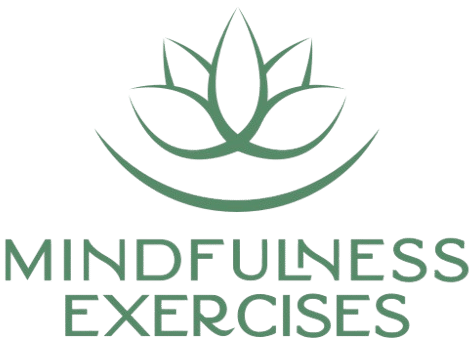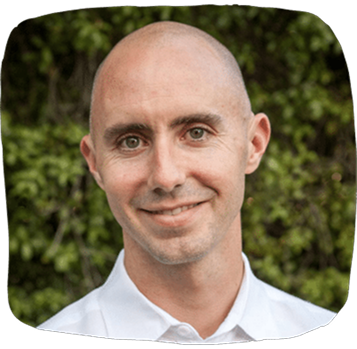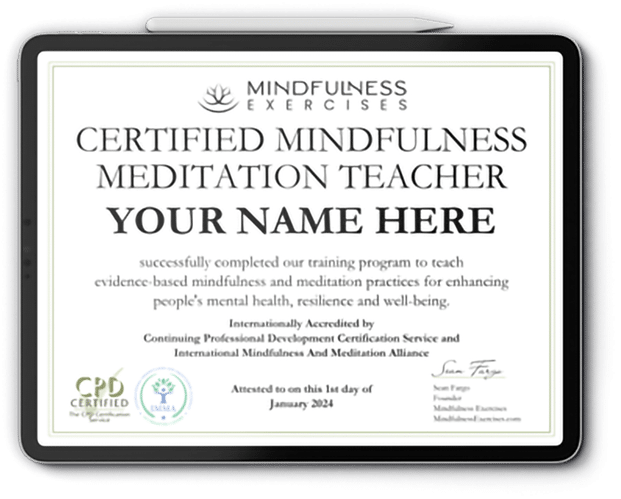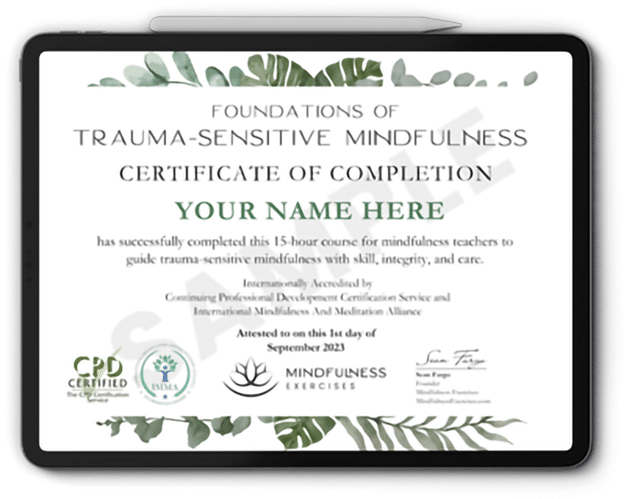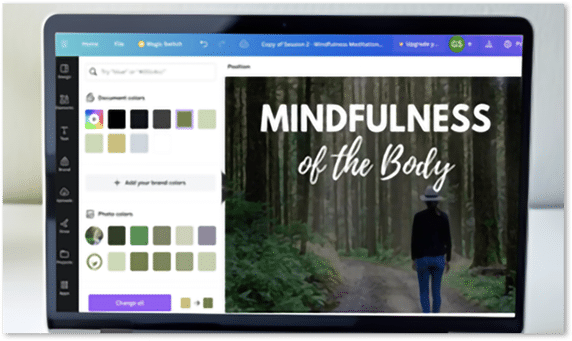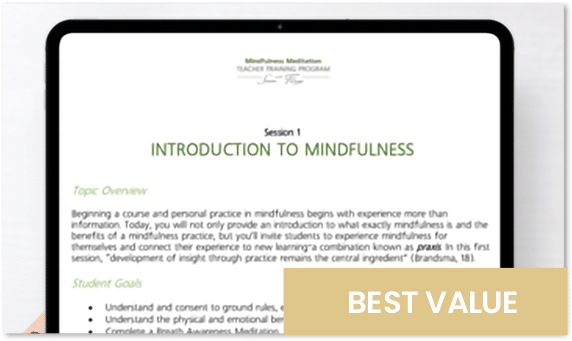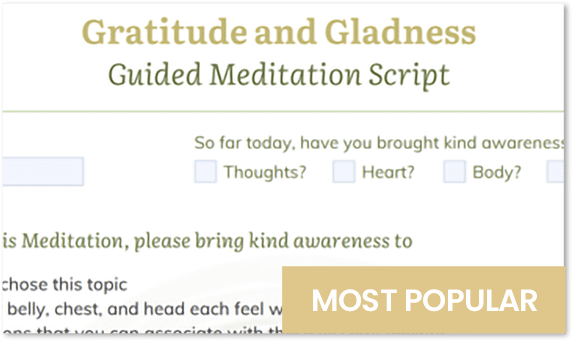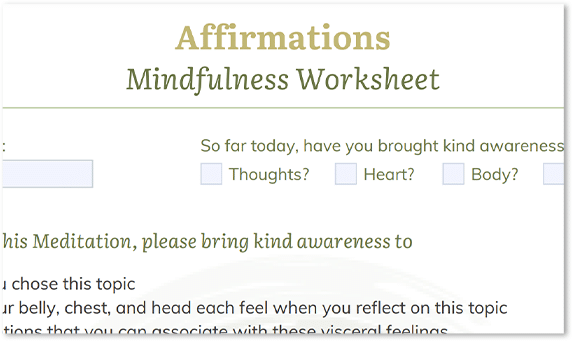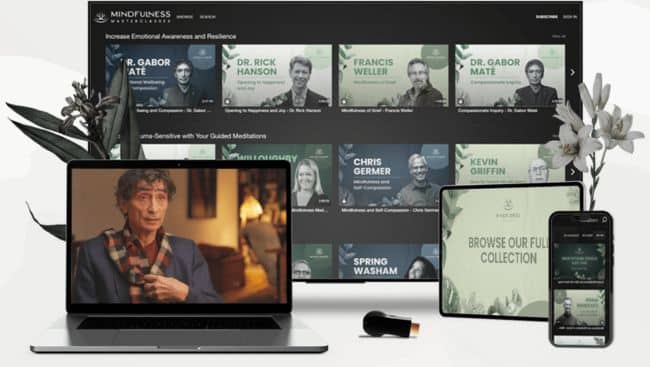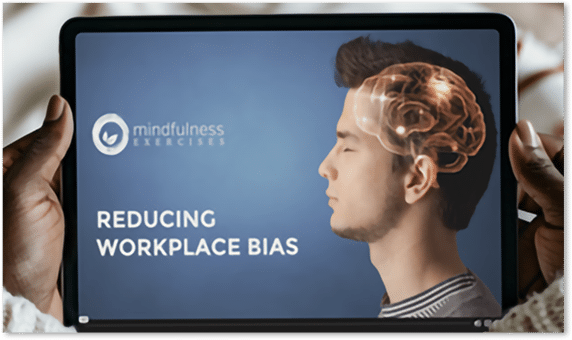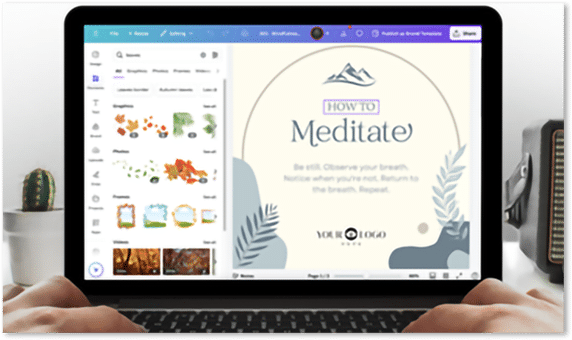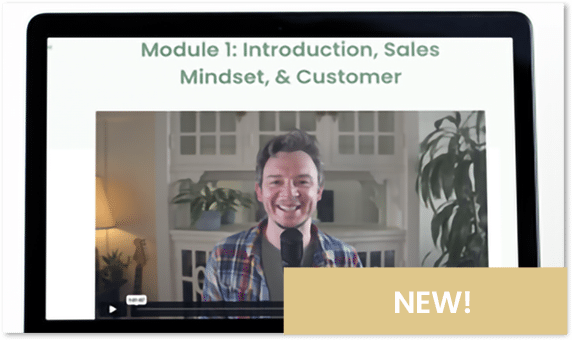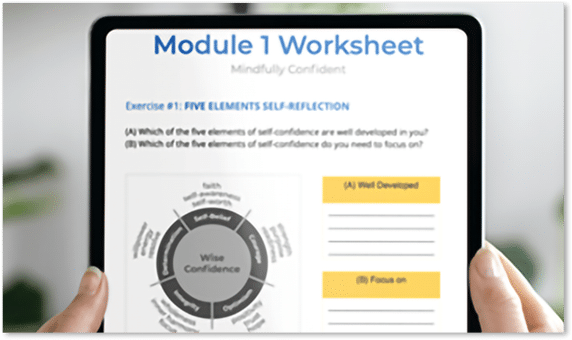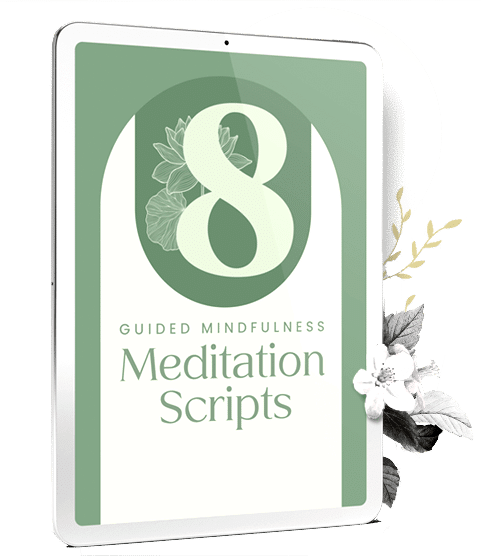In the ongoing flow of teaching and mindfulness practice, certain truths continually resurface simple, yet profoundly grounding. They act as gentle guides, helping us navigate overwhelming emotions, compulsive habits, and the constant busyness of the mind. Recently, a conversation brought three of these reminders into sharp focus for me, crystallizing lessons I find myself returning to again and again.
They are practical, powerful, and immediately applicable, offering support and clarity in daily life. This week, I invite you to explore these insights, use them in your own practice, and notice how they can gently transform how you respond to each moment.
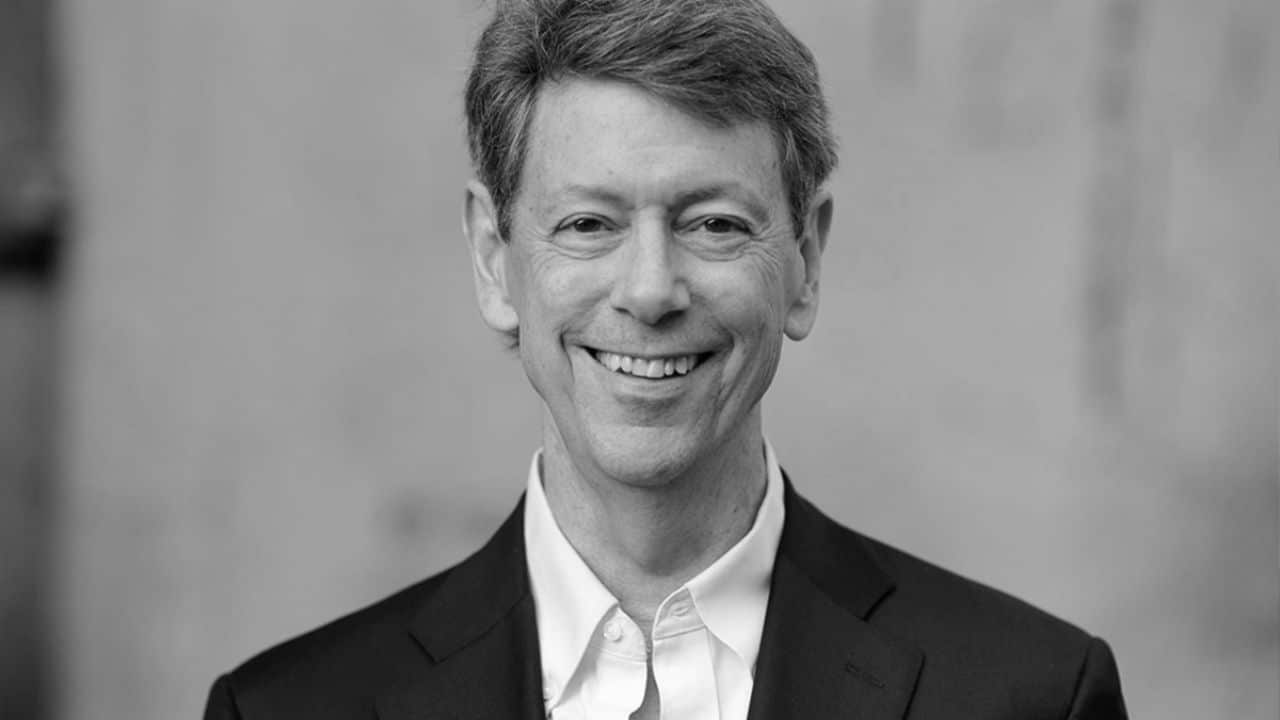
The secret lies in understanding the beautiful interplay between two core elements of meditation: mindfulness and concentration.
In this post, I’ll share the essence of our exploration, including a practical meditation arc, a 7-day practice plan, and troubleshooting tips you can apply immediately.
Prefer to listen? You can find the full guided meditation and talk on YouTube:
Why "Staying Present" is a Skill You Can Build
As the teaching often attributed to Ajahn Chah goes, mindfulness and concentration are two ends of the same stick.
- Mindfulness is our open, inclusive awareness that knows what’s happening its texture, feeling-tone, and changing nature.
- Concentration is our ability to steady and collect our attention on a single object.
Without some concentration, our mindfulness can feel scattered, skimming the surface of our experience. Without mindfulness, our concentration can become rigid, brittle, or avoidant.
Together, they create a stable, kind presence that naturally lengthens our capacity to be with life, exactly as it is.
The Practice Arc: From Safety to Steadiness to Open Awareness
This structured approach helps the nervous system feel safe enough to settle deeply. We move from grounding, to focused concentration, to wise openness.
Phase 1: Gladden & Ground (2–5 minutes)
Before asking the mind to narrow, we must signal safety.
- Sense into Safety: Gently ask, "Am I safe enough right now to focus on one thing?"
- Gladden the Mind: Recall 1-3 moments of genuine goodness—an act of generosity, a moment of connection, a feeling of integrity, or simple wonder. Let the feeling land in the body.
- Arrive in the Body: Let the breath naturally deepen. Feel the solidity of your seat and the connection of your feet to the floor.
Phase 2: Narrow Gently (10–20+ minutes)
Choose one simple object for your attention. The key is precision without pressure.
- Nostrils: Feel the breath only at the tips of the nostrils.
- Sound: Receive sounds at the ears without chasing them.
- Visual Dot: With eyes open, rest your gaze on a single, small point.
- Phrase: Silently repeat short loving-kindness phrases (e.g., Safe, Healthy, Happy, At Ease).
- Belly Visualization: Imagine a candle flame, crystal, or simple image at the center of your belly, letting attention narrow to the smallest point.
- Heart: Feel the physical organ of the heart and invite a sincere sense of care or gratitude; stay with those sensations.
Pro Tip: To soften achievement-grasping, try counting only the exhales, softly from 1 to 10, and then starting back at 1.
Phase 3: Open Wisely (Optional 5–10 minutes)
After building steadiness with your chosen object, you can open into choiceless, open awareness. The concentration you've built acts as fuel, allowing you to stay present with whatever arises without being swept away. If you drift, gently return to your focal object for a minute to re-collect, then open again.
Your 7-Day "Stay Present Longer" Practice Plan
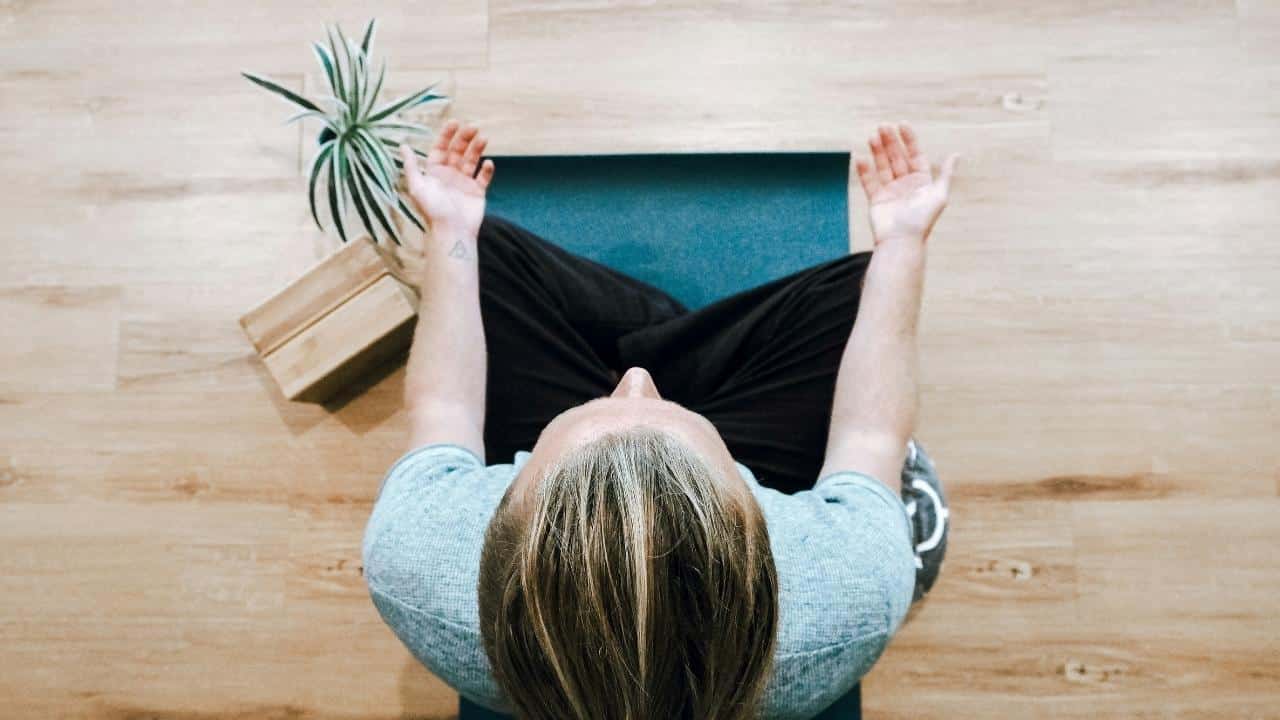
Continuity is key. This week-long plan builds skill and familiarity.
- Day 1–2: Safety + Nostril Breath (tips only) + Exhale Counting (1↔10)
- Day 3–4: Safety + Belly Visualization (narrowing to a point)
- Day 5: Safety + Heart-Based Concentration (feeling care/gratitude)
- Day 6: Safety + Sound Receiving (sounds arriving at the ears)
- Day 7: Safety + Your Favorite Object → finish with 5–10 minutes of open awareness.
For deeper impact, try "stringing" practices—a 15-minute session in the morning and a 10-minute session in the evening.
Troubleshooting Common Meditation Challenges
Here’s how to work with common obstacles, for yourself or your students.
- Sleepiness/Fogginess: Sit more upright, open your eyes, or switch to a more alert object like sound or a visual dot.
- Restlessness/Worry: Shorten your target: "Just this one breath." A few full-body exhales can also reset the system.
- Ill Will/Harshness: Warm up with 2 minutes of loving-kindness or gratitude. Let the harshness be known, but include something kind in your field of attention.
- Doubt: Simply name it ("doubt is here"). Commit to practicing for just two more minutes. Journal one line: "What do I know from direct experience right now?"
A Special Note for Teachers, Therapists, and Facilitators
- Always Start with Safety: Even 60 seconds of gladdening and grounding makes a profound difference.
- Clarity is Kindness: Use precise language like "receive the sound" or "only the tips of the nostrils."
- Normalize the Return: Frame "coming back" as the core skill of meditation, not a failure.
- Encourage Mini-Retreats: Suggest students try two or three 20-30 minute sits in a single day. Clustering sessions often leads to surprising breakthroughs in stillness and joy.
Join the Conversation
I'm deeply grateful to Rick Hanson and his community for the invitation and their warm, receptive presence.
If this resource lands for you, I’d love for you to watch the recordings, comment with your experiences, and post your questions directly on YouTube. Your reflections help create a learning resource for everyone.
